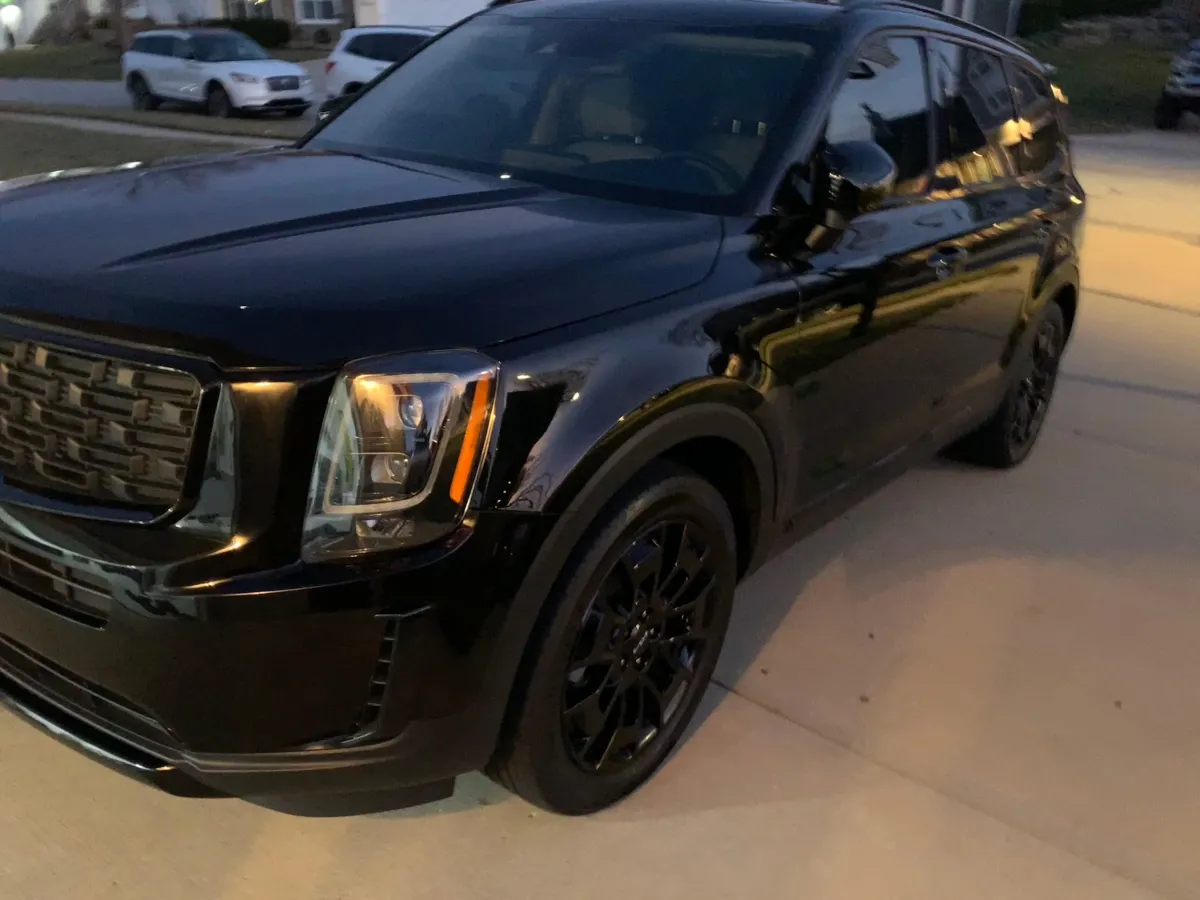
Art of Car Detailing with a Car Wax Buffer for a Professional-Grade Finish
Mastering the Art of Car Detailing with a Car Wax Buffer for a Professional-Grade Finish at Home
If you’ve ever marveled at the gleaming finish on a professionally detailed car, you might wonder how you can achieve that same shine at home. Believe it or not, you don’t need to be an expert to get a showroom-quality finish. With the right tools and techniques, particularly a car wax buffer, you can make your vehicle look like it just rolled out of a detailing shop. In this blog, we will explore everything you need to know about using a car wax buffer to achieve a professional-grade finish at home.
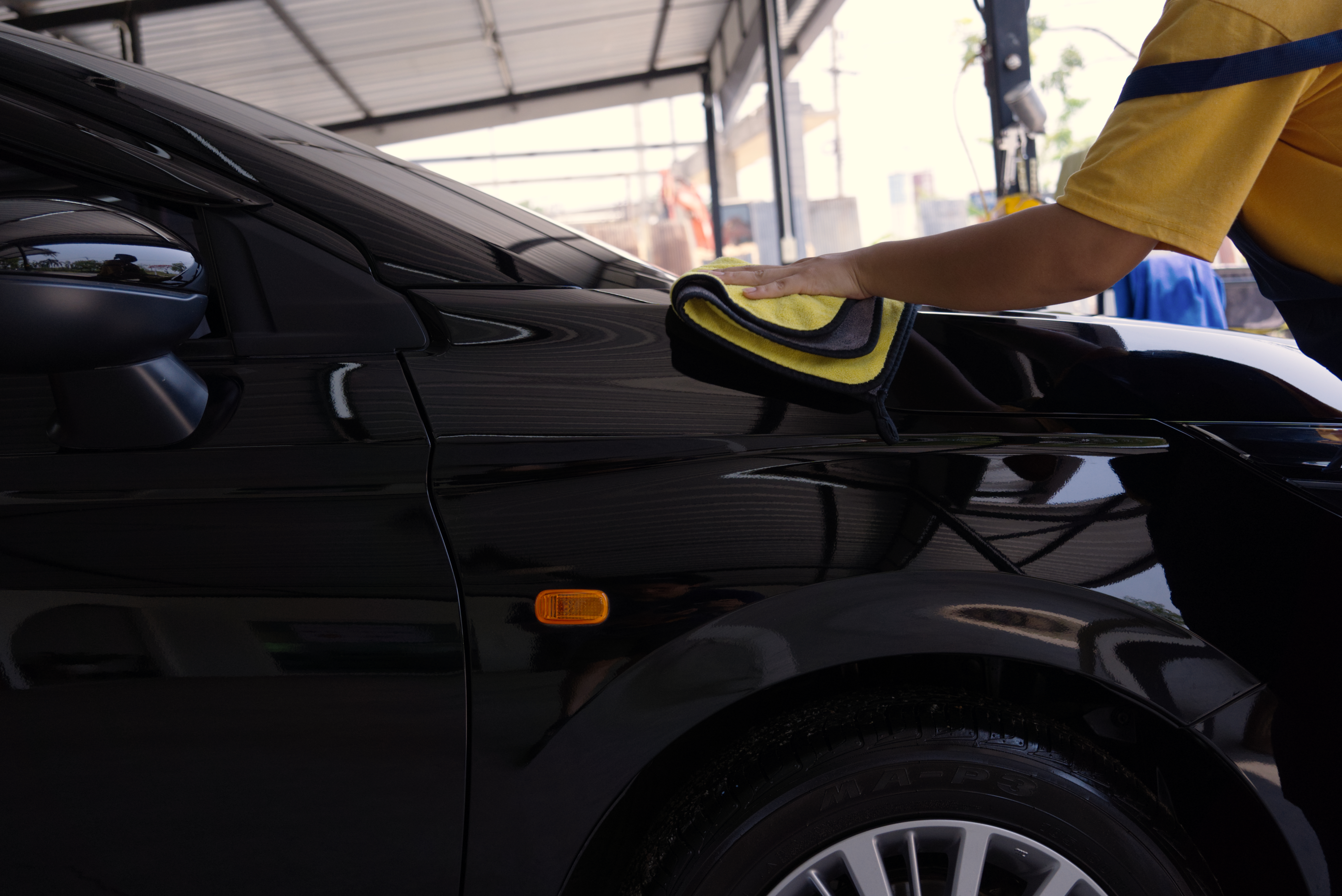
In This Guide, We Are Going to Talk About:
What is a Car Wax Buffer?
Benefits of Using a Car Wax Buffer
Types of Car Wax Buffers
Preparing Your Car for Buffing
Choosing the Right Wax
Step-by-Step Guide to Using a Car Wax Buffer
Tips for Achieving the Best Results
Common Mistakes to Avoid
Maintenance of Your Car Wax Buffer
Alternative Methods to Wax Your Car
Frequently Asked Questions (FAQs)
Let's begin!
1. What is a Car Wax Buffer?
A car wax buffer is a motorized tool designed to apply wax evenly across the surface of your vehicle, providing a smooth and shiny finish. It helps reduce the effort and time required to wax a car manually. With the right technique, a car wax buffer can enhance the appearance of your vehicle, protecting its paint and giving it a long-lasting shine.
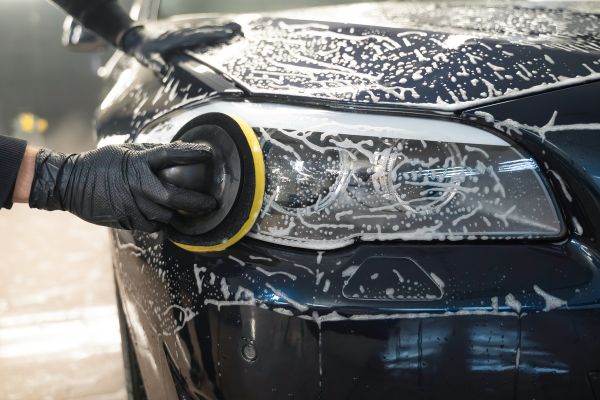
Types of Car Wax Buffers
There are mainly two types of car wax buffers:
Orbital Buffers: These are beginner-friendly and less likely to cause damage. They oscillate in a random pattern, making them safer for use by novices.
Rotary Buffers: These are more powerful and typically used by professionals. They spin in a single direction and can quickly cover large surfaces but require more skill to avoid damaging the paint.
For more detailed information on car wax buffers, you can check out this comprehensive guide.
2. Benefits of Using a Car Wax Buffer

Using a car wax buffer offers several advantages over manual waxing methods:
Efficiency: A car wax buffer can cover larger areas more quickly, saving you time and effort.
Consistency: Achieve an even layer of wax with minimal streaking.
Professional Results: Get a high-gloss, professional-grade finish that’s hard to achieve with manual waxing.
Protective Layer: Waxing with a buffer applies a durable coat that protects your car’s paint from environmental damage such as UV rays, dirt, and pollutants.
3. Types of Car Wax Buffers
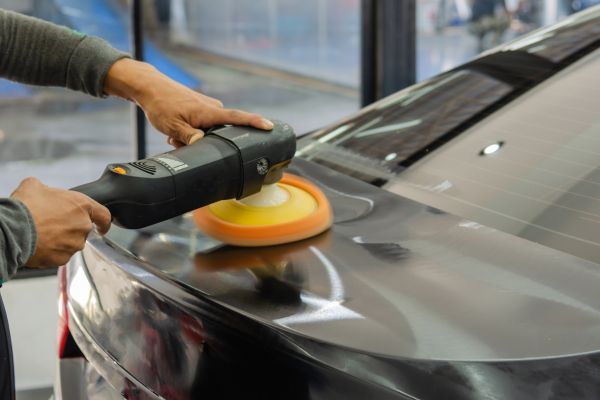
When it comes to choosing a car wax buffer, you have several options. Below are the most common types:
Orbital Buffers – Ideal for beginners, these buffers move in a random pattern to prevent damage to the paint.
Rotary Buffers – More powerful and suitable for experienced users, these buffers offer a consistent spin for quicker application but require careful handling.
Both types have their pros and cons, so consider your experience level and needs before making a purchase.
4. Preparing Your Car for Buffing
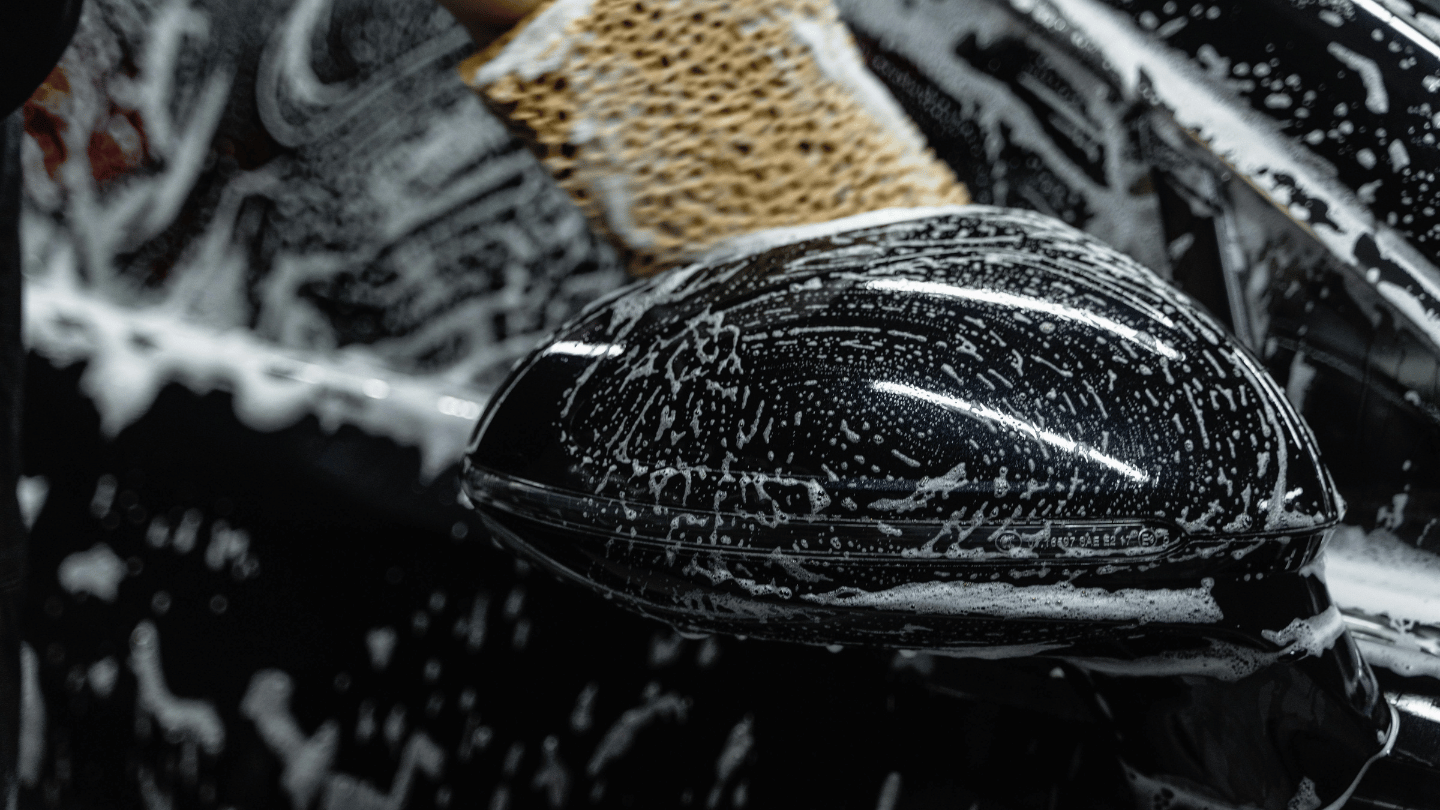
Preparation is key to achieving the best results with your car wax buffer. Follow these steps to get your vehicle ready:
Wash the Car - Thoroughly wash your vehicle to remove any dirt, grime, and debris. This ensures a clean surface for the wax to adhere to.
Dry the Car - After washing, dry your car completely using a microfiber towel to prevent water spots.
Clay Bar Treatment - Use a clay bar to remove embedded contaminants that washing may not eliminate. This step is crucial for a smooth finish.
Inspect for Damage - Look for scratches, chips, or dents. While buffing can improve minor imperfections, severe damage may need professional attention.
5. Choosing the Right Wax
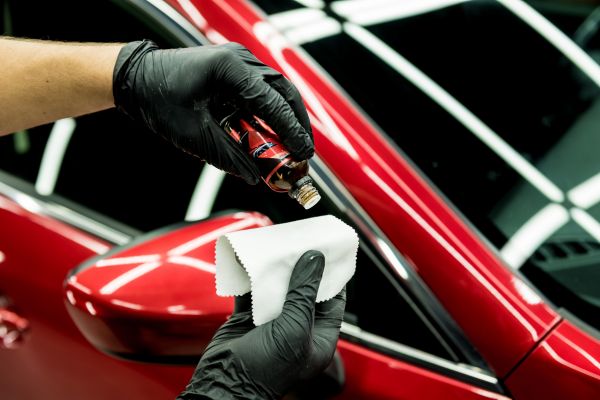
The type of wax you use can significantly impact the results. There are three main types of car wax:
Carnauba Wax - Known for its deep, warm shine, carnauba wax is a favorite among car enthusiasts.
Synthetic Wax - Offers longer-lasting protection and is easier to apply than carnauba wax.
Spray Wax - Convenient for quick touch-ups but doesn’t provide the same level of protection as paste or liquid waxes.
For those in Coeur d’Alene looking for expert advice, our team at Rainier Mobile Detailing can provide personalized recommendations on the best wax for your vehicle.
6. Step-by-Step Guide to Using a Car Wax Buffer
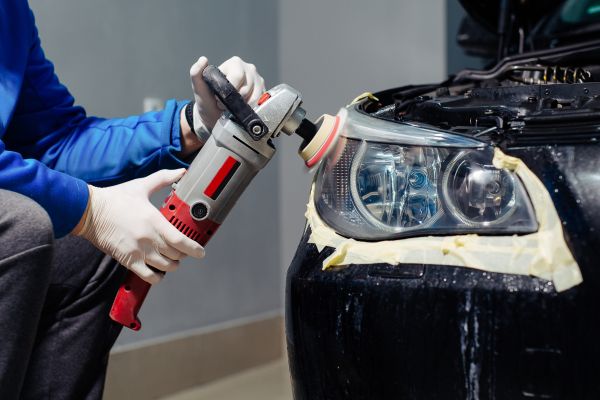
Step 1: Apply the Wax
Apply a Small Amount - Put a small amount of wax on the buffer pad. Less is more when it comes to waxing.
Spread Evenly - Turn on the buffer and spread the wax evenly across the surface of your car. Work in small sections to ensure thorough coverage.
Step 2: Buff the Car
Start Slowly - Begin with a low-speed setting to spread the wax evenly.
Increase Speed - Gradually increase the speed of the buffer for better coverage.
Use Light Pressure - Avoid pressing too hard; the buffer should glide smoothly over the surface.
Step 3: Wipe Off Excess Wax
Microfiber Towel - Use a clean microfiber towel to wipe off any excess wax.
Buff by Hand - Buff the surface by hand to achieve a high-gloss finish.
7. Tips for Achieving the Best Results
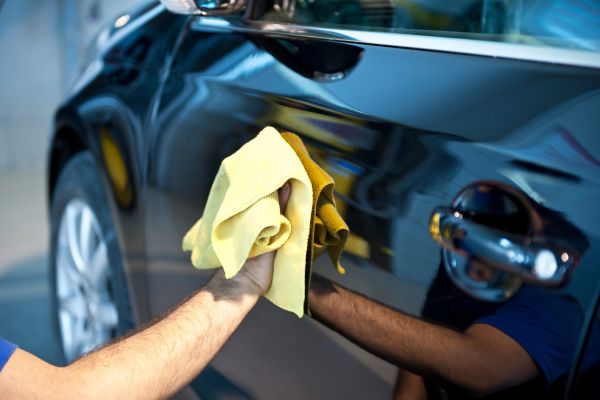
Temperature Matters - Avoid waxing in direct sunlight or extreme temperatures, as this can affect the wax’s performance.
Quality Pads - Use high-quality buffer pads for the best results. Replace them if they become worn or dirty.
Consistent Movement - Keep the buffer moving consistently to avoid uneven application.
If your looking for more information on how to properly achieve great results, use this guide from our friends over at Turtle Wax.
8. Common Mistakes to Avoid
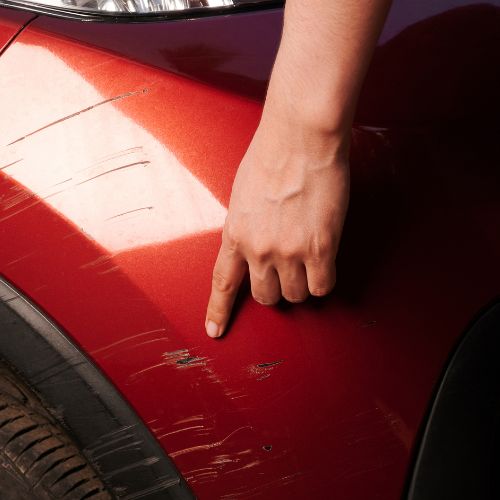
Overloading the Buffer Pad - Using too much wax can lead to streaks and uneven application. Start with a small amount and add more if needed.
Skipping Preparation - Skipping the prep work can result in a subpar finish. Always ensure your car is clean and free of contaminants before buffing.
Wrong Type of Buffer - Using the wrong type of buffer for your skill level can cause damage. Beginners should start with an orbital buffer before moving on to a rotary buffer.
9. Maintenance of Your Car Wax Buffer

Proper maintenance of your car wax buffer can extend its lifespan and ensure consistent performance. Here’s how to keep your buffer in top condition:
Clean After Use - Clean the buffer pads after each use to remove wax residue and debris.
Inspect Regularly - Check the buffer for any signs of wear or damage. Replace parts as needed to maintain optimal performance.
Store Properly - Store your buffer in a cool, dry place to prevent damage from moisture and temperature fluctuations.
10. Alternative Methods to Wax Your Car
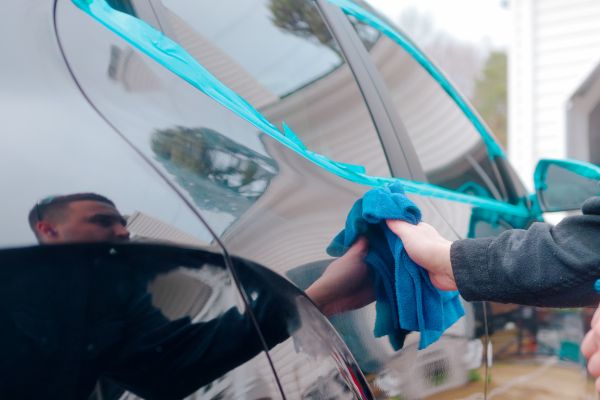
While using a car wax buffer is the most efficient method, there are alternative ways to wax your car:
Hand Waxing - Though time-consuming, hand waxing allows for precise application and is a good option for smaller areas.
Spray Wax - Ideal for quick touch-ups, spray wax can provide a temporary shine but doesn’t offer the same level of protection as paste or liquid waxes.
Professional Detailing - For those who prefer to leave it to the experts, mobile detailing services like Rainier Mobile Detailing offer professional-grade results without the hassle.
11. Frequently Asked Questions (FAQs)
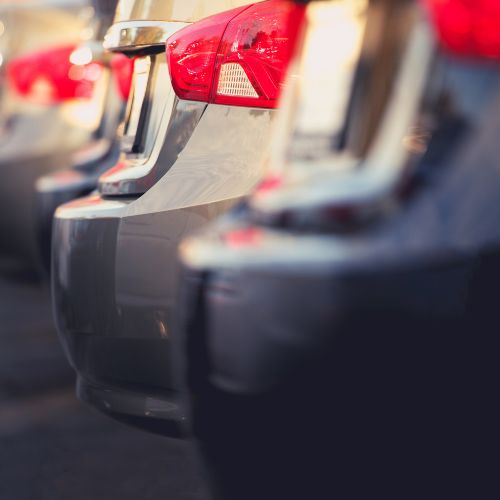
How often should I wax my car?
It’s recommended to wax your car every three months to maintain a protective layer and keep it looking its best.
Can I use a car wax buffer on all types of paint?
Yes, a car wax buffer is safe for use on all types of paint, but always test a small area first to ensure compatibility.
What should I do if I accidentally apply too much wax?
If you apply too much wax, use a clean microfiber towel to remove the excess and buff the surface by hand to achieve an even finish.
Conclusion
Achieving a professional-grade finish at home is entirely possible with the right tools and techniques. By following this comprehensive guide, you can use a car wax buffer to make your vehicle shine like never before. Remember, preparation is key, and practice makes perfect. For those in Coeur d’Alene looking for expert car detailing services, Rainier Mobile Detailing is here to help. Ready to elevate your car care game? Get started today and experience the difference a car wax buffer can make.
For more tips and expert advice, check out our services and testimonials to see how we’ve helped other car owners. Happy detailing!

